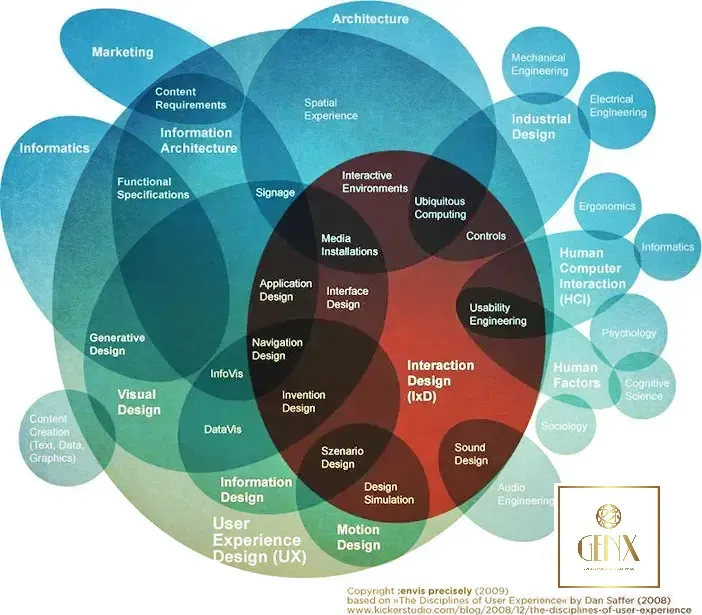
The Future of Human Computer Interaction
Is a multidisciplinary field that focuses on the design, evaluation, and implementation of interactive systems to enhance the interaction between humans and computers. HCI encompasses the study of how humans interact with technology, how technology is designed to accommodate human needs and preferences, and how user interfaces can be optimized for usability and user experience.
The goal of HCI is to create technology that is easy to use, efficient, effective, and enjoyable for users. This involves considering factors such as usability, accessibility, learnability, and user satisfaction in the design and evaluation of interactive systems. HCI practitioners use various methods, such as user research, usability testing, prototyping, and iterative design, to ensure that technology meets the needs and expectations of its intended users.
HCI has a wide range of applications, from designing websites and mobile apps to developing complex systems such as virtual reality experiences, smart homes, and healthcare technologies. It is a rapidly evolving field that continues to shape the way humans interact with technology in various domains of life, including work, entertainment, communication, education, and healthcare.
As UX and interaction designers, we represent the craft side of HCI — and we share this responsibility with other practitioners.
As UX and interaction designers, we represent the craft side of HCI — and we share this responsibility with other practitioners. It’s interesting to note that UX was created within HCI and has since expanded its influence into the design world.
HCI transformed from a specialty area to a multifaceted community of tech professionals.
Wave 1: Desktops & mental models
(1980s — 1990s)
Mental modeling and human factors engineering were the driving factors in software development. This era was all about usability, and we learned a great deal about what people could and couldn’t do while completing tasks on a computer.
As designers, we continue to use techniques from this era, such as cognitive walkthroughs, heuristic evaluations, and usability testing.
From this point on, it was clear that personal computing was the future. HCI would serve the role of empowering users through the design of intuitive systems.
Wave 2: Collaboration & communication
(1990s — early 2000s)
During this era, we shifted our focus from cognitive modeling to interaction design. As computers became communication tools, mental models could not longer explain the broader context of computer use. It became necessary to explore external influences, and to look at how interactions varied across tools and organizations.
Email gained popularity during this time, which meant that people were not just interacting with computers — they were interacting with each other through computers. There was growing interest in how computers were used to support communication and collaboration, signaling the rise of social and organizational computing.
Wave 3: Self-expression, social change
(mid 2000s — 2010s)
During this era, HCI draws increasingly from philosophy and ethics to provide rhetoric on the consequences of habit-forming technology, and the responsibility of their creators.
As designers, we become weary of dark patterns. Rather, we craft technologies to enhance the human experience — to encourage people to interact with technology on their own terms, and to support their individual development and aspirations. We strive to address complex and systematic problems through technology and design.
